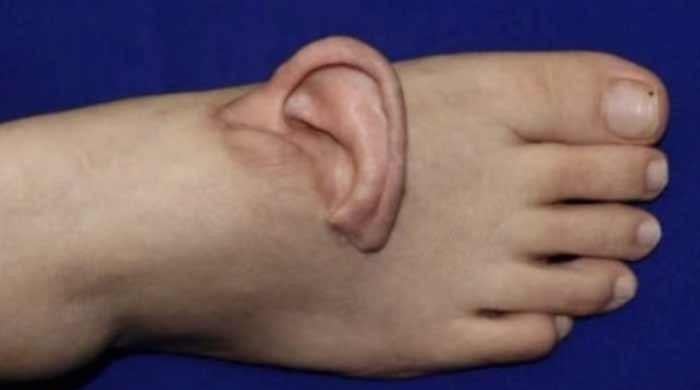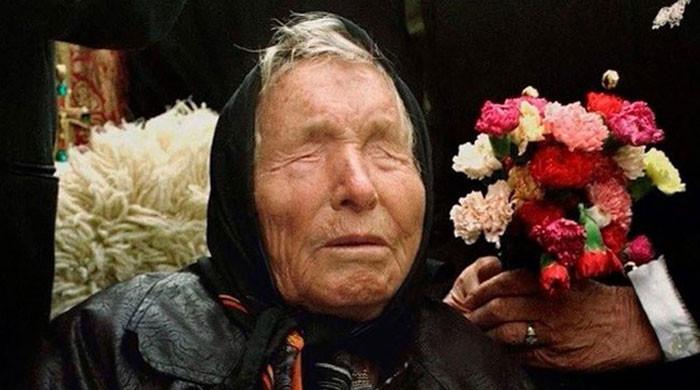Knitting human hair into winter wear, Zsofia Kollar-led startup turning trash into textile
Human Material Loop aims to repurpose human hair into textiles, creating coats, jumpers, and blazers
November 15, 2023
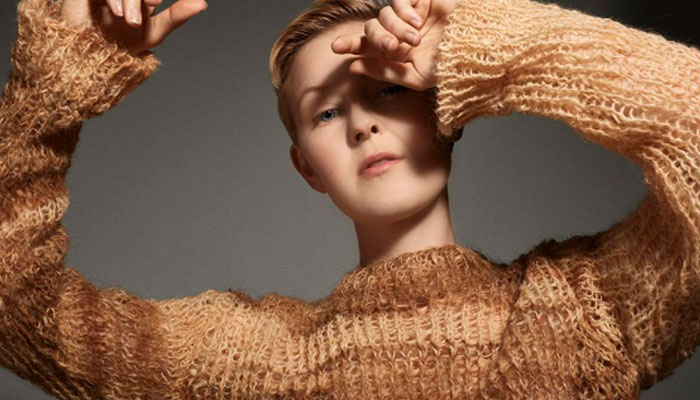
Human Material Loop, a pioneering Dutch startup, is challenging the conventional uses of human hair by envisioning it as a sustainable alternative in the fashion industry.
Co-founder Zsofia Kollar expresses a long-standing fascination with the emotional connection people have with their hair, juxtaposed with society's reluctance once it's discarded.
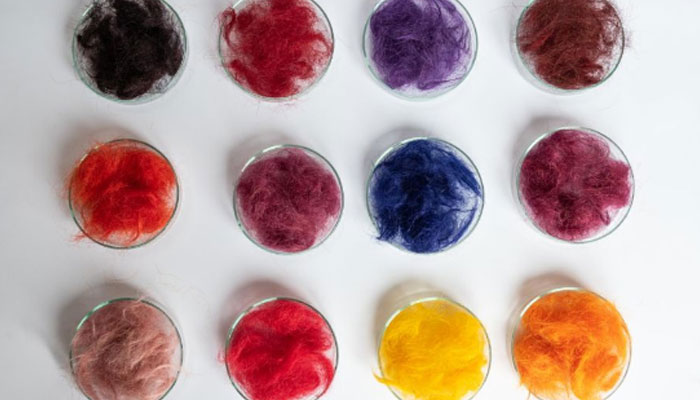
In response to the waste issue in the hair industry, the startup aims to repurpose human hair into textiles, creating prototypes of coats, jumpers, and blazers with the hope that clothing companies will embrace this alternative material.
Kollar's inspiration to address the hair industry's waste issue intensified during the COVID-19 pandemic, prompting her to transform her role as a designer. The venture seeks to counter the environmental impact of hair waste, with salons in the US and Canada alone generating 877 pounds of waste every minute.
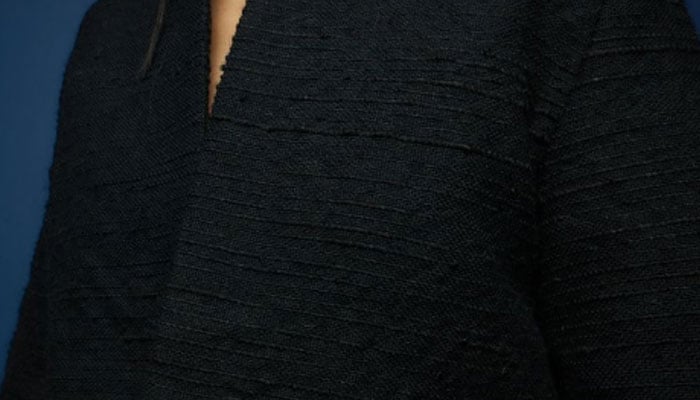
The hair breaks down in landfills, releasing greenhouse gases that contribute to climate change. According to Human Material Loop, a staggering 72 million kilograms of human hair waste end up in European landfills annually, equivalent to seven Eiffel Towers.
The process of creating fabric from human hair involves spinning short hairs together to form a continuous thread, which is then transformed into yarn and dyed with pure pigments.
Human Material Loop's prototype, a wool-like sweater, aims to make the concept relatable to the public. Additional prototypes include an outdoor coat designed for thermal insulation, tested in harsh conditions on Aconcagua, the highest mountain in Argentina.
While the prototypes aren't available for purchase, Human Material Loop intends to supply the material to other designers and brands, with a competitive pricing goal compared to traditional wool.
Kollar acknowledges the public's initial hesitation to wear clothing made from human hair but believes that, with time, the idea's novelty and sustainability aspects could resonate.
The startup responsibly sources hair from salons in the Netherlands, Belgium, and Luxembourg, using cut or broken hair without nuclear DNA. To ensure transparency, Human Material Loop is working on establishing a documentation chain to trace the material's origin and destination.
Despite the historical use of human hair in textiles, challenges persist due to societal taboos, as noted by Dutch material researcher Sanne Visser. However, she envisions a gradual acceptance of hair as a valuable resource in our daily lives.




